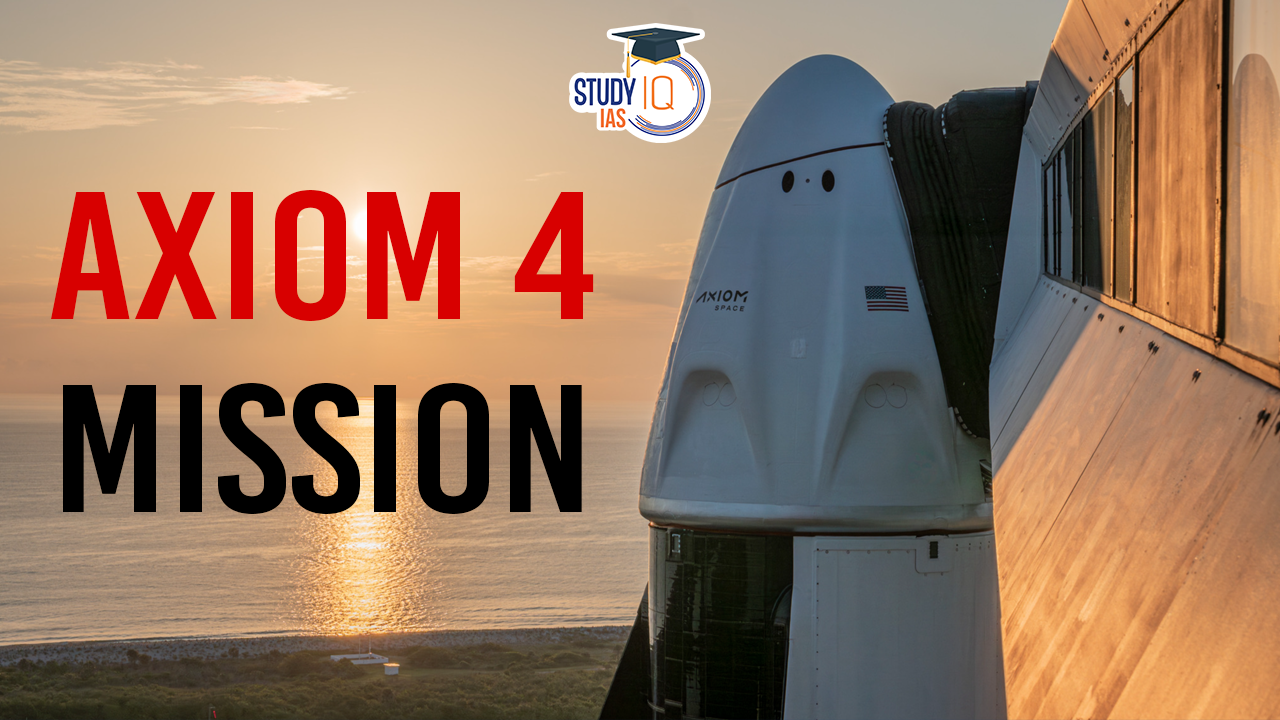Table of Contents
India marked a historic moment in space exploration as Group Captain Shubhanshu Shukla embarked on the Axiom-4 mission to the International Space Station (ISS), making him the second Indian to travel to space after Rakesh Sharma’s legendary 1984 flight. On this landmark occasion, veteran astronaut Sharma shared his reflections, underlining how space travel deeply transforms human perspective, fostering a sense of shared ownership of Earth.
Rakesh Sharma Hails Shubhanshu Shukla’s Historic Axiom-4 Mission
On June 25, 2025, India made history as IAF’s Group Captain Shubhanshu Shukla launched aboard Axiom-4 to the International Space Station. Veteran astronaut Rakesh Sharma, India’s first man in space, praised the mission, saying, “Space travel alters worldview, Earth belongs to everyone.” The SpaceX mission marked India’s first human space journey since 1984. Sharma recalled his Indo-Soviet flight, emphasizing the mental impact of viewing Earth from space. As India eyes deeper space missions, this milestone reaffirms its global aspirations. The IAF celebrated it as a proud moment, echoing Sharma’s hope for peace and unity on Earth.
Axiom-4 Mission
- It is the 4th private astronaut mission to the International Space Station.
- Duration of the mission: 14 days.
- Launch Site: Kennedy Space Center in Florida
- Launch Vehicle: SpaceX’s Falcon 9 rocket.
- This mission is organised in collaboration with NASA.
Overview of the Axiom-4 Mission
The Axiom-4 mission is poised to transport Indian astronauts to the International Space Station (ISS), highlighting India’s increasing involvement in global space exploration efforts. The mission, designed to last 14 days at the ISS, will see the crew undergo rigorous training to prepare for their journey. This training will be conducted in partnership with NASA, various international agencies, and SpaceX, ensuring that the astronauts are well-prepared for the challenges of space travel.
SpaceX, a key player in the mission, has been chosen as the official launch provider. The astronauts will be transported to and from the ISS aboard the SpaceX Dragon spacecraft. Their training will cover essential aspects such as familiarization with the spacecraft’s systems, procedures, and emergency protocols, ensuring their readiness for the mission.
Axiom-4 Mission Objectives
- Scientific Research: Conduct microgravity experiments in various fields, including medicine, materials science and technology development.
- Commercial Development: Axiom Space is testing technology and procedures for its future commercial space station.
- International Collaboration: It includes international astronauts, sponsored by their home countries or private institutions. This will boost International collaboration.
- Space Tourism & Training: To provide training and flight opportunities for private individuals interested in space travel.
|
About the International Space Station |
|
Significance of Axiom-4
The Axiom-4 mission is not just a technical achievement; it represents a broader vision of international cooperation and the democratization of space access. By participating in this mission, India is positioning itself as a significant player in the global space community. The experience and knowledge gained from this mission will be invaluable for future space endeavours and collaborations.
Moreover, the Axiom-4 mission underscores the role of private companies like Axiom Space and SpaceX in the future of space exploration. These companies are pioneering new technologies and approaches, making space more accessible and affordable. Their involvement in missions like Axiom-4 demonstrates the potential for private-public partnerships to drive innovation and progress in space exploration.
Conclusion
The Axiom-4 mission is a testament to the advancements in space travel and international partnerships. Including Indian astronauts in this mission, not only showcases the capabilities of ISRO but also strengthens global collaboration in space exploration. The mission’s success will pave the way for future private and international missions, further expanding humanity’s reach into the cosmos.


 SSC MTS Salary 2025, Check Highest Salar...
SSC MTS Salary 2025, Check Highest Salar...
 F-35 Fighter Jet Stranded in Kerala: Dis...
F-35 Fighter Jet Stranded in Kerala: Dis...
 Quad Summit 2025: Key Announcements, Str...
Quad Summit 2025: Key Announcements, Str...





















